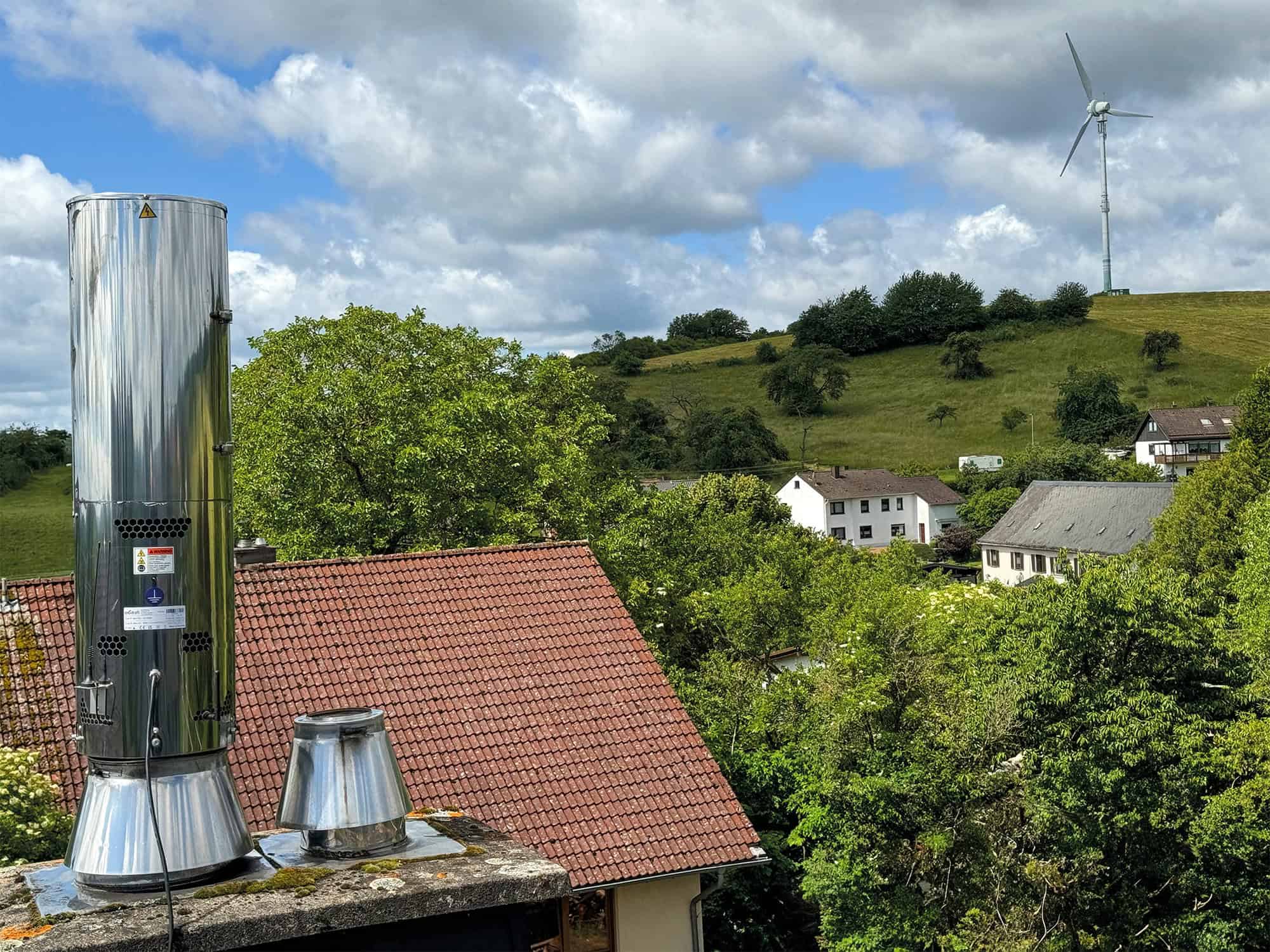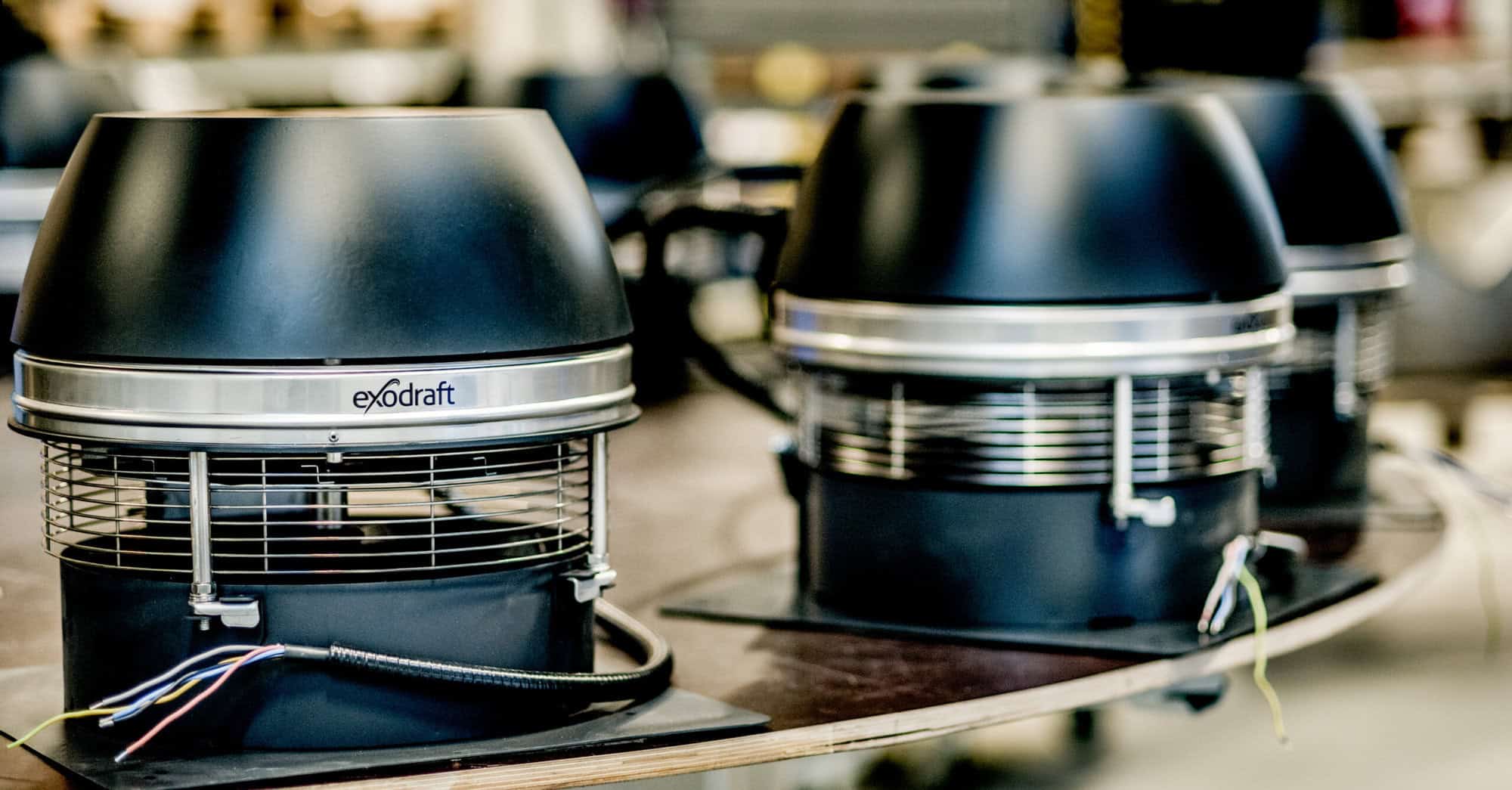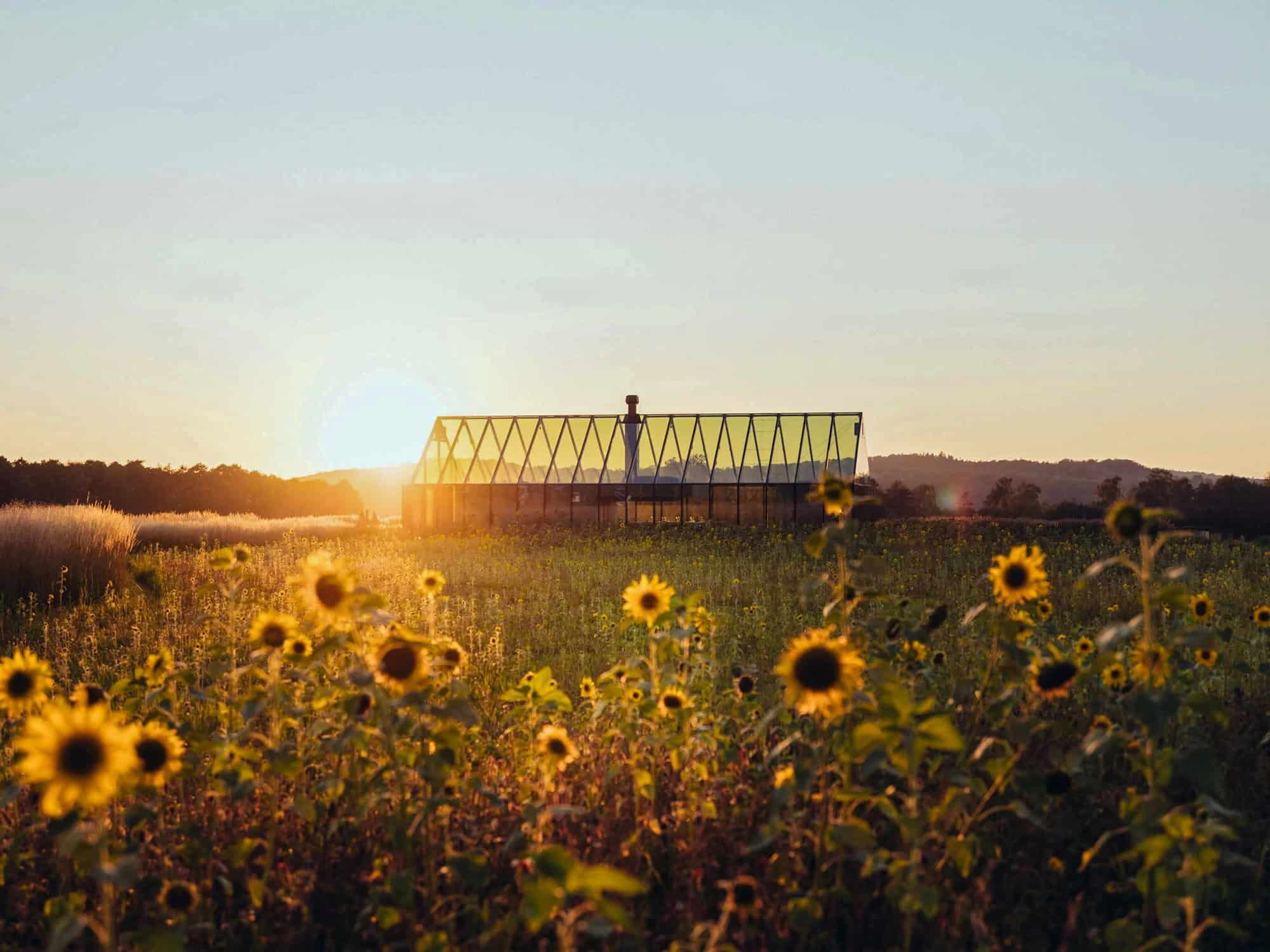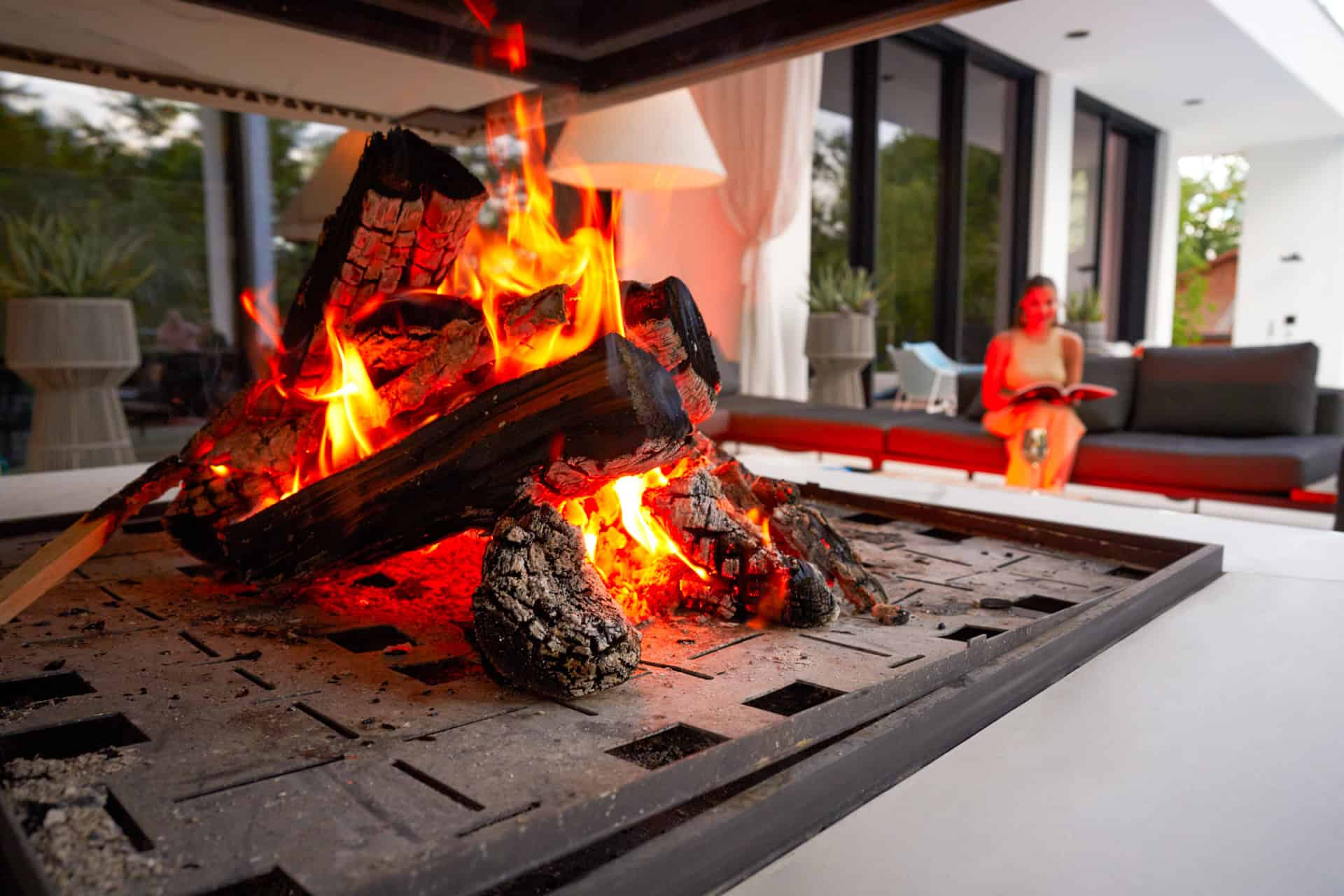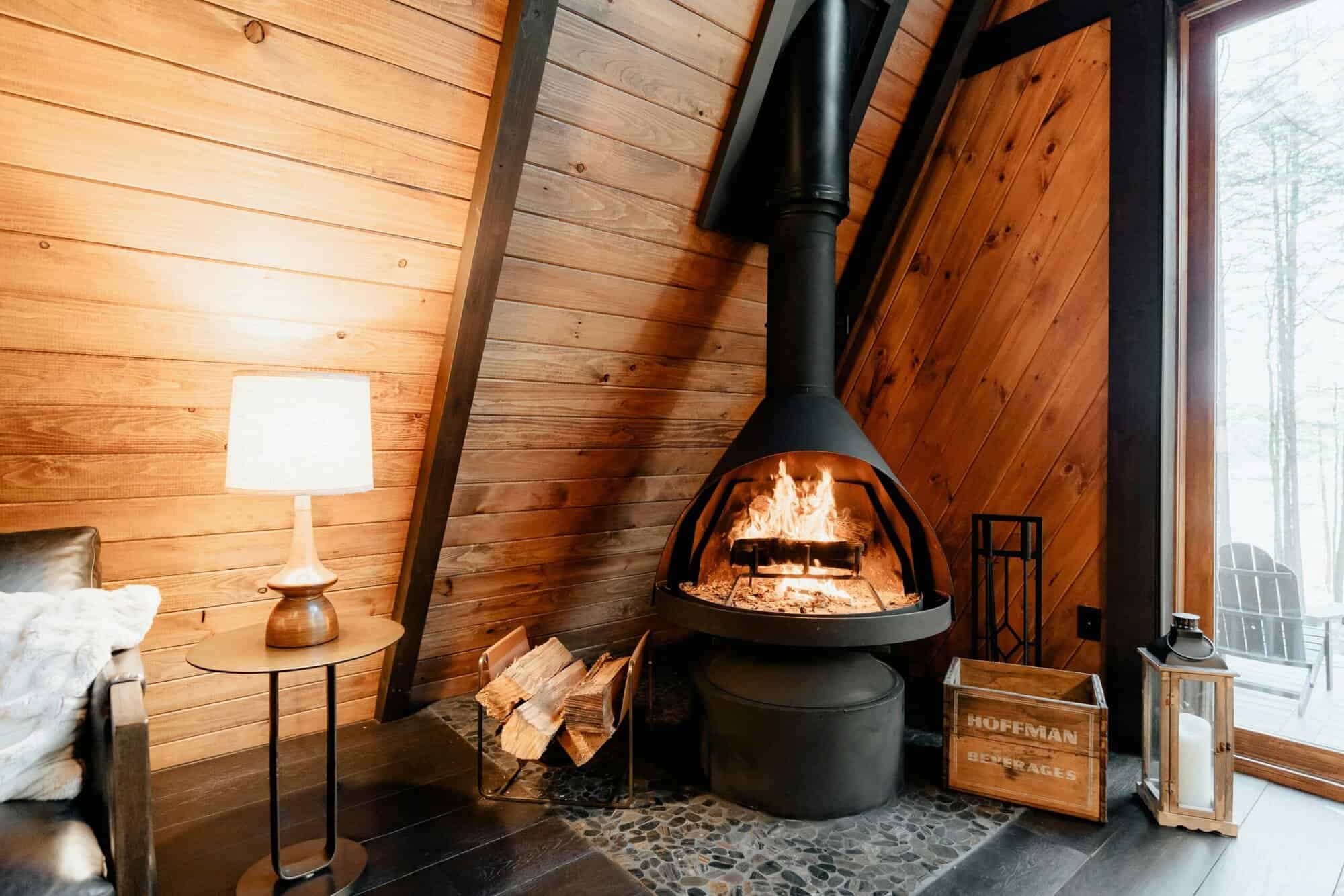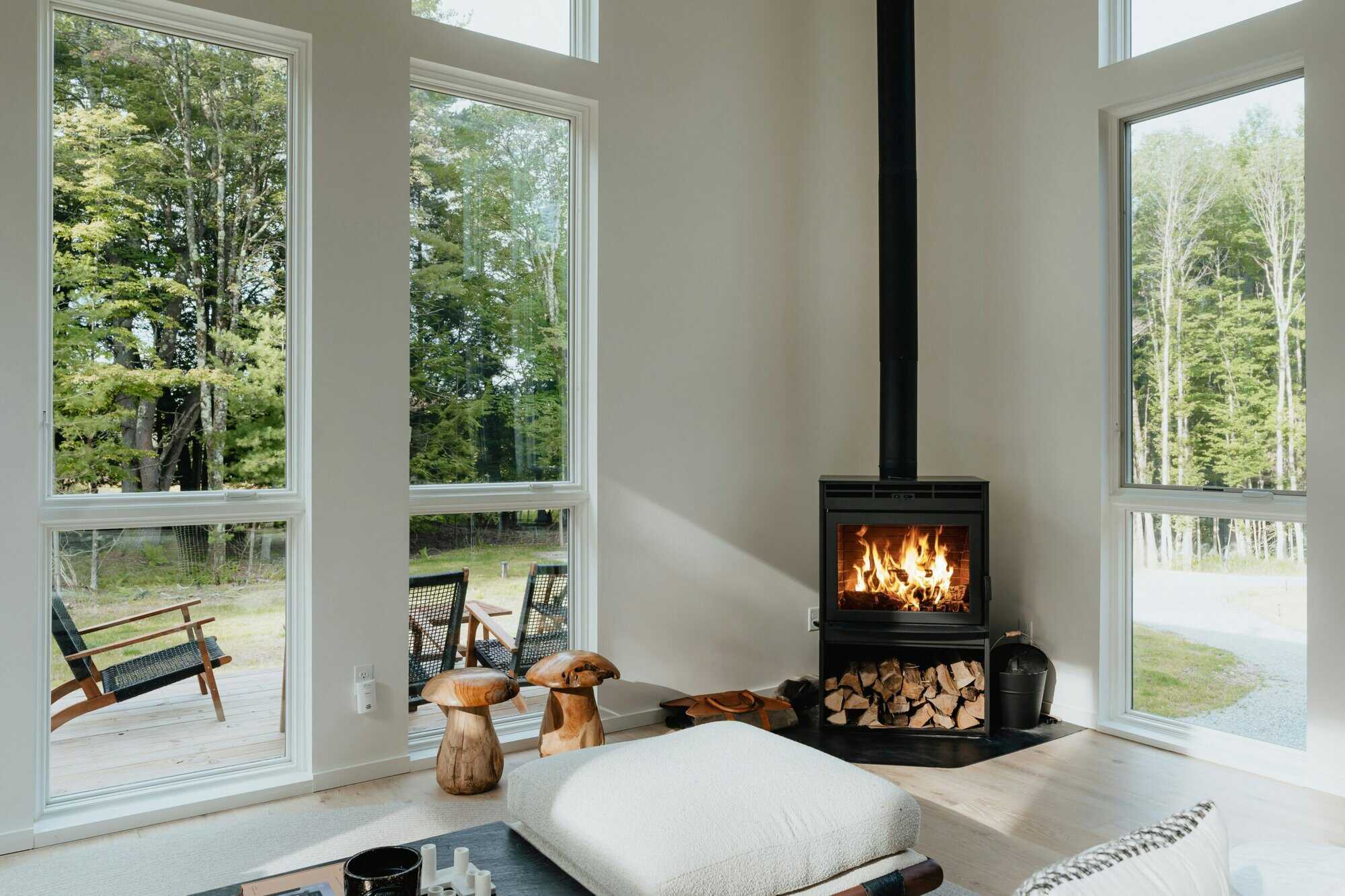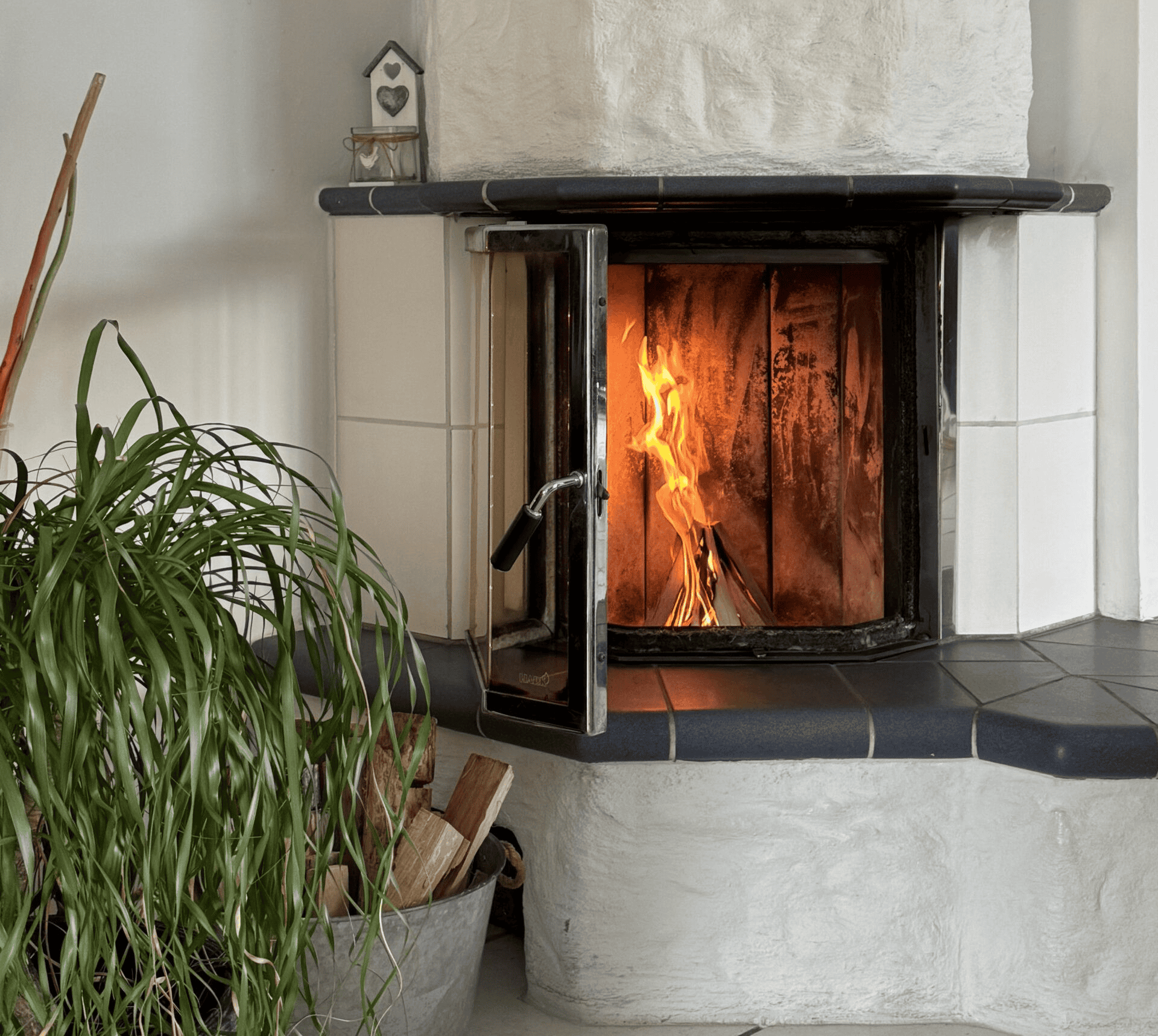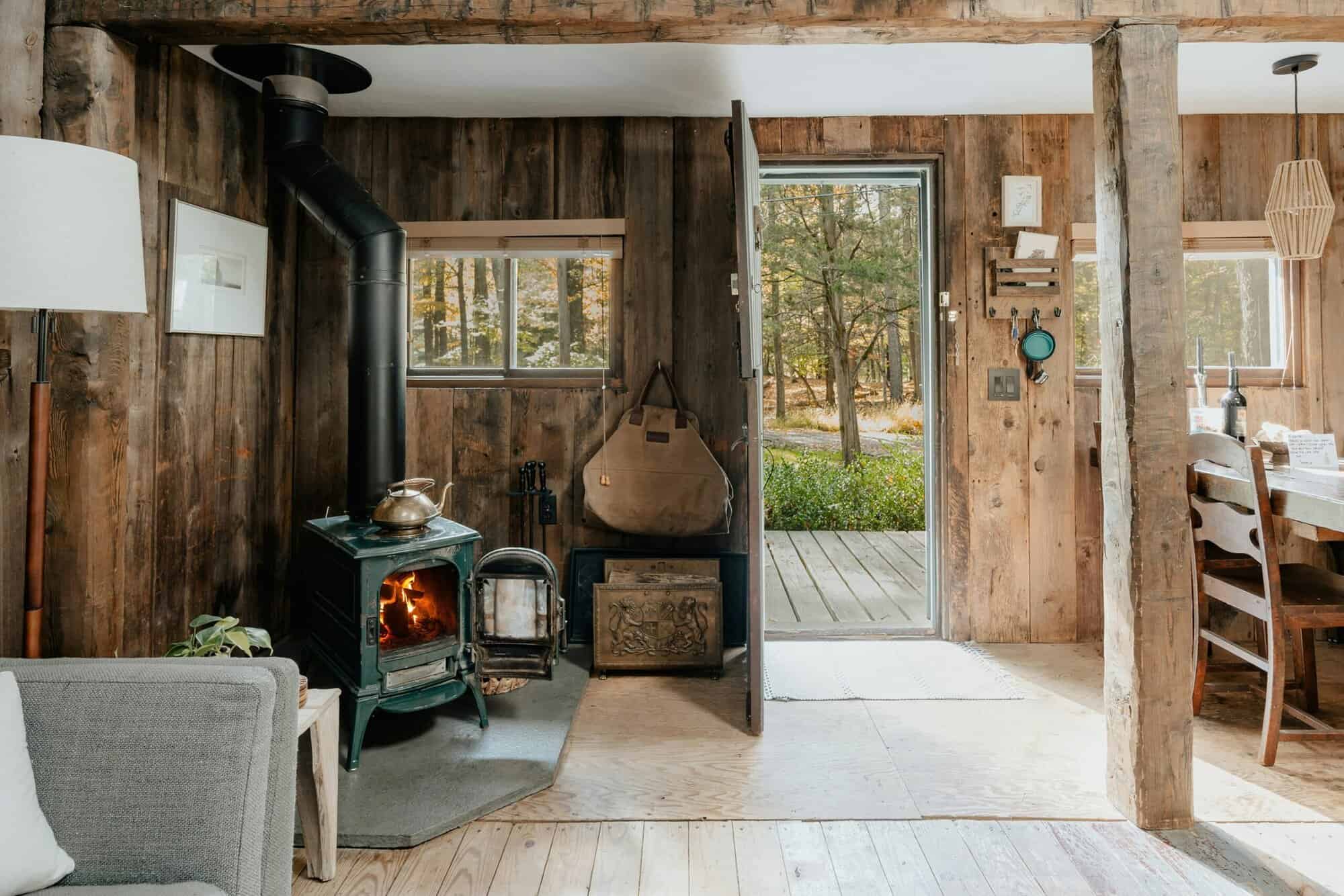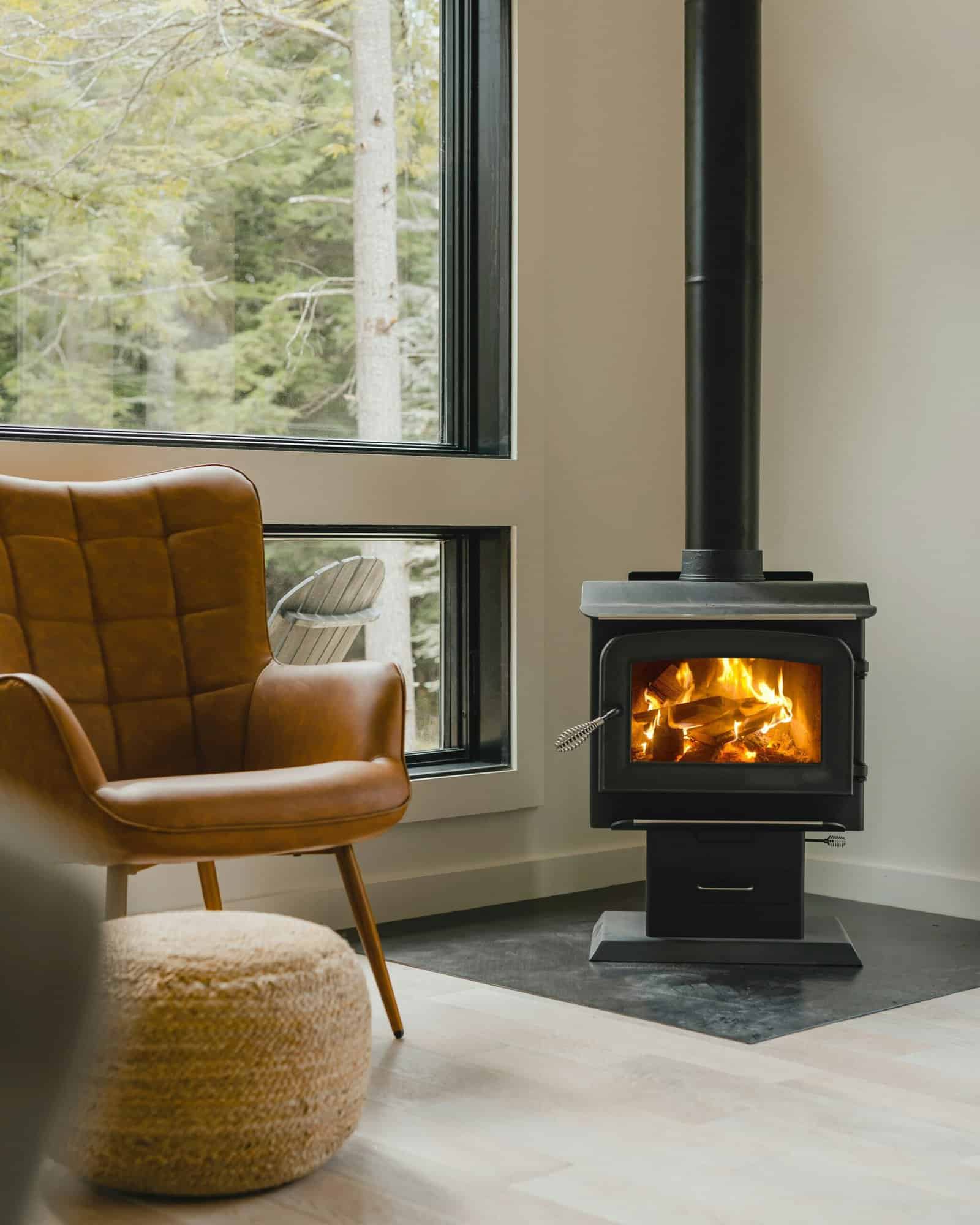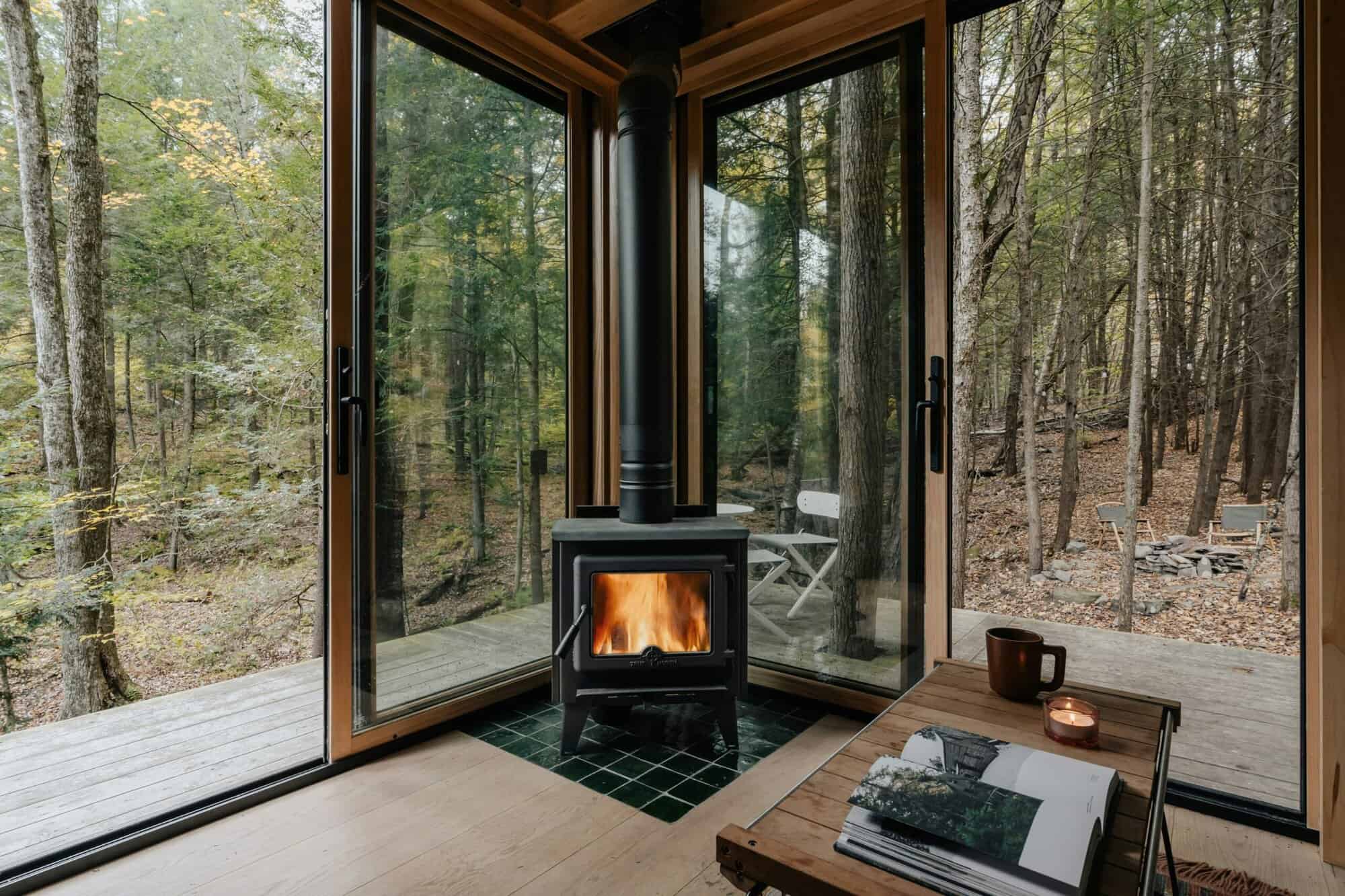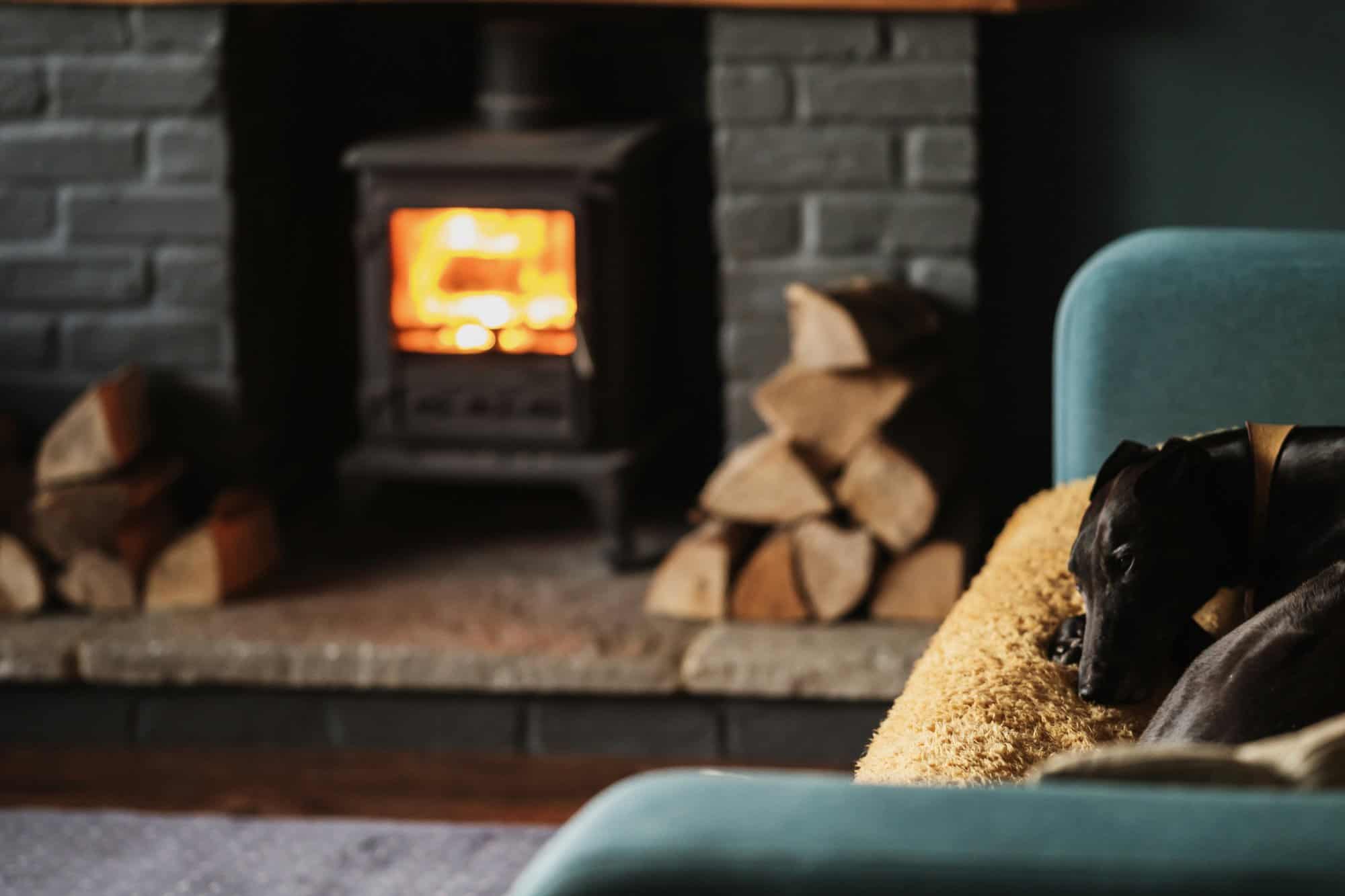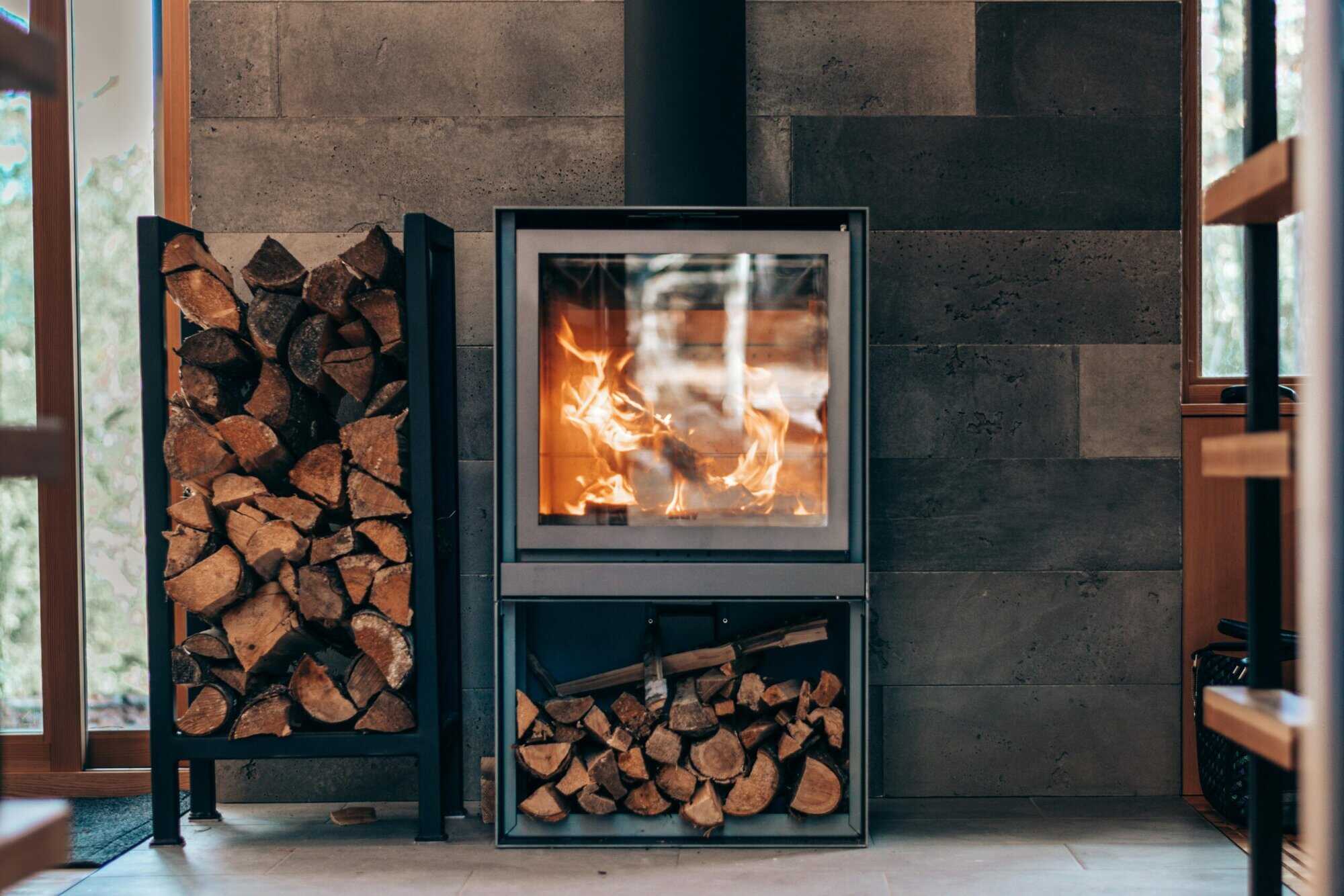Article
26. juni 2025 · 6 min
What is the New Log Burner Rule?
Wondering about the new log burner rules? Learn how Ecodesign 2022 and local regulations affect wood stove use—and how to stay compliant with cleaner fuels and particle filters.

New environmental regulations are shaping the way homeowners can use wood stoves and log burners. Across the UK and Europe, stricter emissions standards are being introduced to reduce air pollution and limit harmful particulate emissions. But what do these new rules mean for those who rely on wood stoves for heating?
In recent years, governments have implemented tighter restrictions on fine particulate matter (PM2.5) emissions, as wood-burning stoves contribute to poor air quality when not used efficiently. The latest regulations focus on reducing smoke output, increasing stove efficiency, and ensuring that modern wood stoves meet strict emission thresholds.
For homeowners, this means that older, inefficient stoves may no longer meet legal standards, and new installations must comply with stricter eco-design regulations. But how do these rules affect existing wood stove owners, and what can be done to ensure compliance?
In the next section, we’ll explore why emissions regulations are becoming stricter and what is driving these policy changes.
Why Are Emissions Regulations Becoming Stricter?
Governments worldwide are tightening emissions regulations to combat air pollution and protect public health. Wood-burning stoves, while a popular and efficient heating source, can contribute to high levels of particulate matter (PM2.5), carbon monoxide, and nitrogen oxides, all of which have been linked to respiratory and cardiovascular diseases.
Air Quality and Environmental Concerns
Studies show that domestic wood burning is one of the largest sources of fine particulate pollution in urban areas, surpassing even traffic emissions in some locations. Poorly ventilated stoves and inefficient combustion contribute to harmful smoke emissions, which can accumulate in densely populated areas, leading to smog formation and poor air quality.
International and National Policy Changes
In response to these environmental concerns, regulations such as the UK’s Ecodesign 2022 standards and EU-wide directives now require wood stoves to meet strict efficiency and emissions limits. Many cities are also introducing low-emission zones, where high-polluting stoves may be restricted or banned.
These policies are designed to encourage cleaner burning technologies, promote sustainable fuel use, and improve indoor and outdoor air quality. As a result, many homeowners must now upgrade their stoves or take additional measures to ensure compliance with these new rules.
In the next section, we’ll look at how these regulations affect wood stove owners and what steps can be taken to stay compliant.
How Do the New Rules Affect Wood Stove Owners?
For homeowners who rely on wood stoves for heating, the new emissions regulations introduce stricter requirements for both new and existing installations. The impact varies depending on the type of stove, its age, and local environmental policies.
New Installations Must Meet Ecodesign Standards
Since January 2022, all newly installed wood stoves in the UK and EU must comply with Ecodesign 2022 regulations. These standards set strict limits on particulate emissions, efficiency, and carbon monoxide output, ensuring that modern wood burners are significantly cleaner and more efficient than older models.
Restrictions on Older Wood Stoves
Existing wood stove owners are not necessarily required to replace their stoves immediately, but many local authorities are introducing smoke control measures that restrict high-emission appliances. In some areas, burning wet wood or high-emission fuels is now illegal, meaning that homeowners must switch to low-moisture hardwood or approved smokeless fuels.
Potential Fines and Enforcement Measures
In regions with strict air quality targets, homeowners using non-compliant wood stoves could face fines or usage restrictions. Cities with Clean Air Zones (CAZs) or Low Emission Zones (LEZs) are increasingly regulating home heating emissions, particularly in areas with high pollution levels.
As emission rules continue to evolve, many homeowners are looking for effective ways to reduce stove emissions without sacrificing the warmth and efficiency of wood burning. In the next section, we’ll explore how particle filters can help ensure compliance with current and future regulations.
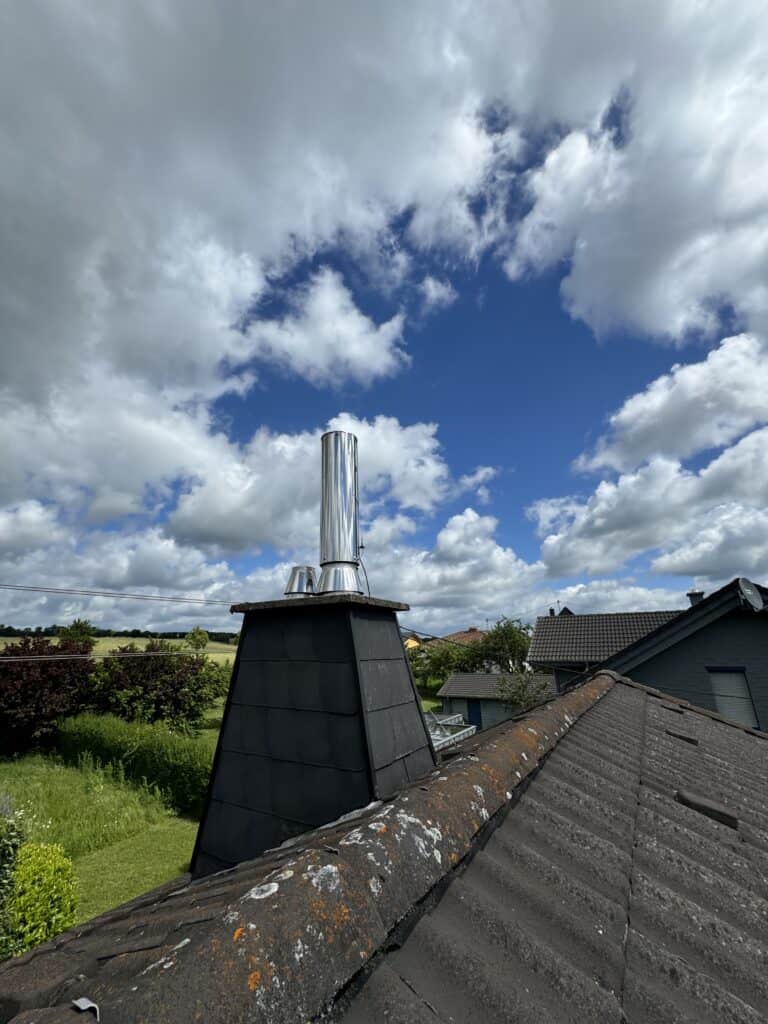
How Particle Filters Can Help Meet Emissions Standards
With stricter emissions regulations in place, many homeowners are looking for practical solutions to reduce particulate emissions without replacing their wood stoves. One of the most effective ways to meet these new standards is by installing a particle filter.
How Do Particle Filters Work?
A particle filter, also known as an electrostatic precipitator, captures and reduces the fine particulate matter (PM2.5) produced during wood combustion. The filter uses electrostatic technology to charge the tiny soot and ash particles, causing them to stick to a collection surface rather than being released into the air. This significantly lowers the amount of harmful emissions entering the atmosphere.
Meeting Emissions Requirements
By installing a certified particle filter, homeowners can ensure their wood stoves comply with Ecodesign 2022 standards and local air quality regulations. This can be especially beneficial for those living in smoke control areas, where emissions are tightly regulated. A properly installed filter allows continued use of a wood stove while significantly reducing environmental impact.
Improved Indoor and Outdoor Air Quality
Besides helping with regulatory compliance, a particle filter enhances overall air quality. By trapping harmful particles before they exit the chimney, it prevents fine dust and soot from accumulating inside the home or affecting the surrounding environment. This contributes to healthier indoor air and a cleaner atmosphere in urban areas.
As emissions regulations continue to tighten, investing in a particle filter is a future-proof solution that allows homeowners to continue using their wood stoves without compromising on sustainability and compliance.
In the final section, we’ll summarise the key takeaways and best practices for ensuring a cleaner, more efficient future for wood burning.
A Cleaner, More Efficient Future for Wood Burning
As emissions regulations become stricter, wood stove owners must take proactive steps to ensure compliance with new environmental standards. The introduction of Ecodesign 2022 regulations and local air quality measures means that older, inefficient stoves may no longer meet legal requirements, and new installations must adhere to strict emission limits.
For homeowners, this does not mean an end to wood burning—it means adapting to cleaner and more sustainable solutions. Using dry, high-quality fuel, maintaining proper ventilation, and most importantly, installing a particle filter are some of the best ways to reduce emissions and future-proof a wood stove against further restrictions.
By implementing these measures, homeowners can continue enjoying the warmth and efficiency of wood-burning stoves without negatively impacting air quality or violating emissions regulations. The future of wood heating is moving toward low-emission technologies, and with the right solutions in place, it remains a reliable and sustainable heating option.

exodraft

